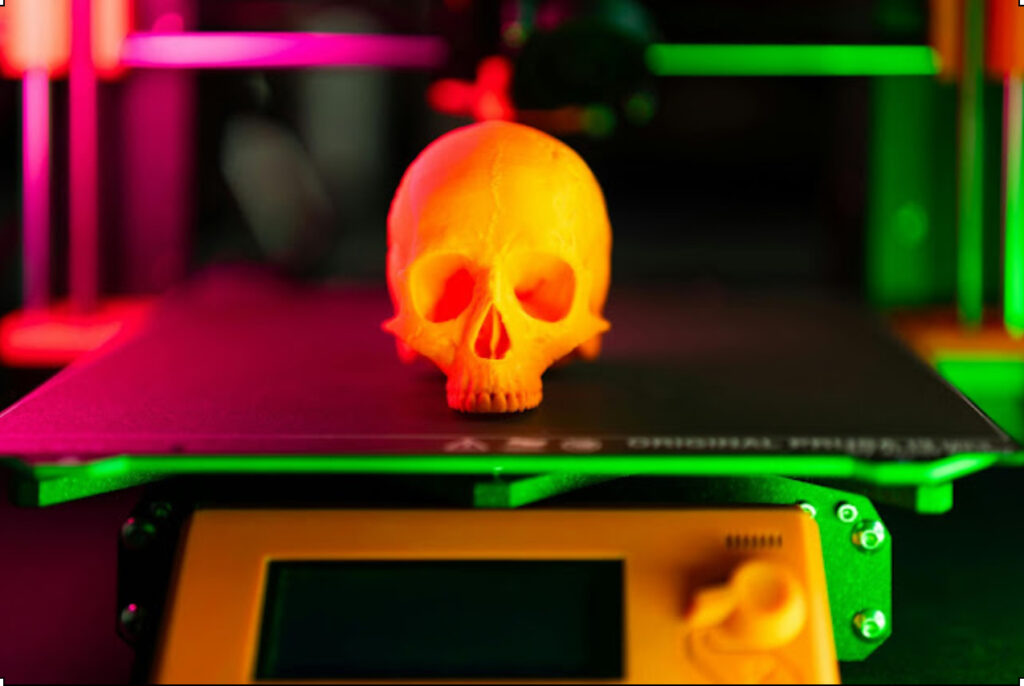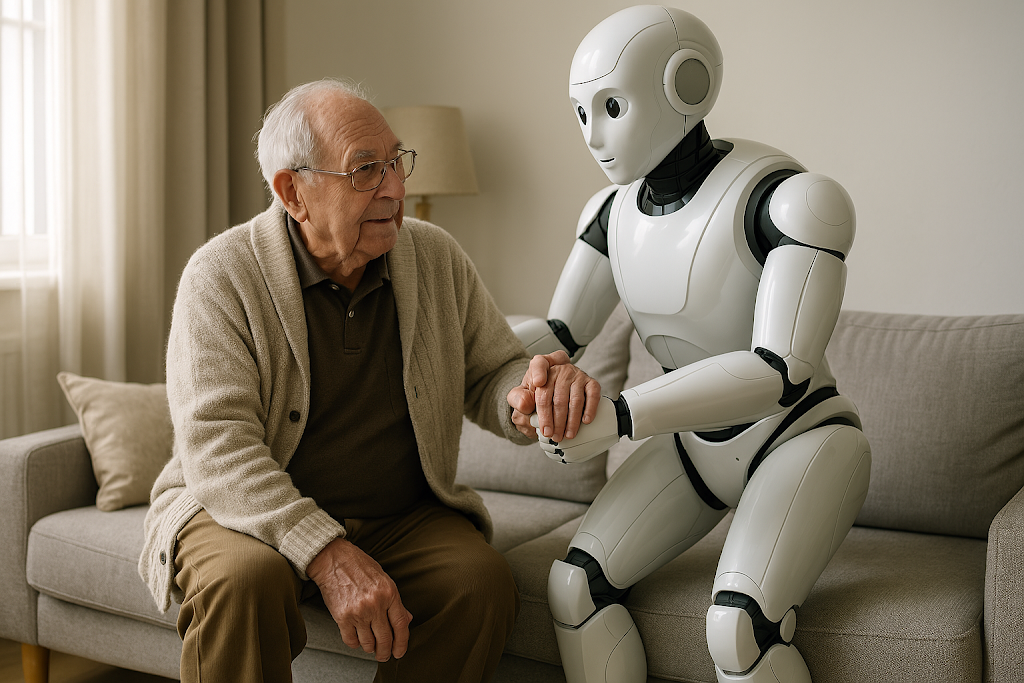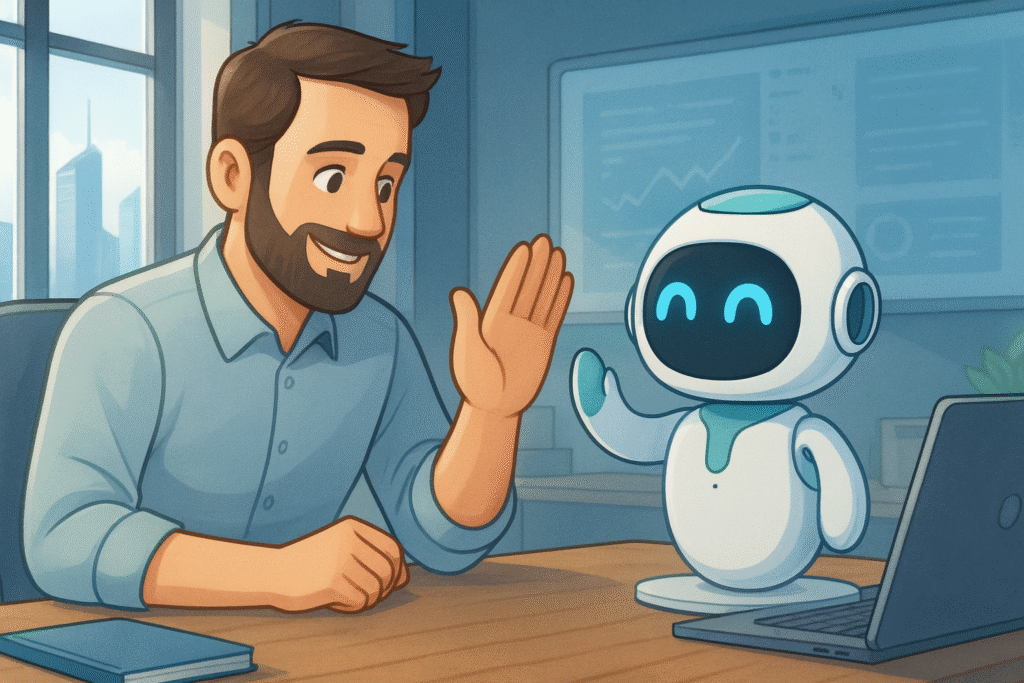3D Printing: The Revolution in Medicine and Small Businesses

3D Printing is no longer just a topic for labs or science fiction movies. Today, it’s found in operating rooms, design studios, classrooms, and even home offices of creative entrepreneurs. From personalized medical prosthetics to handmade keychains, this technology is democratizing physical creation and opening doors for a new generation of inventors, artists, and small business owners.
What is 3D Printing and How Does It Work?
3D Printing is an additive manufacturing process — instead of cutting or molding materials, it builds objects layer by layer from a digital model. This approach allows you to transform ideas into physical objects with remarkable precision and creative freedom.
Here’s how it works: the creator designs a digital model using 3D design software such as Tinkercad, Fusion 360, or Blender. That model is then processed by a “slicer” program (like Cura or PrusaSlicer), which translates it into commands that guide the printer to deposit material layer by layer. The result? A physical object that’s completely customized.
Common Materials Used in 3D Printing
- PLA: biodegradable, easy to print, and ideal for beginners.
- ABS: strong and durable — great for mechanical parts.
- Resin: provides ultra-smooth finishes, perfect for miniatures and jewelry.
- Metal and biological materials: used in industrial and medical applications.
You can design your own 3D models or download ready-made ones from platforms like:
3D Printing in Medicine: Saving Lives and Redefining Treatments

Among all its applications, 3D Printing is making one of its biggest impacts in the medical field. Hospitals and research centers are using it to develop solutions that combine precision, personalization, and affordability — revolutionizing patient care.
1. Personalized and Affordable Prosthetics
With 3D printers, it’s possible to create custom prosthetics perfectly tailored to each patient’s body. They are lighter, cheaper, and easier to replace — essential for children and teenagers who are still growing.
Projects like e-NABLE have distributed thousands of free 3D-printed prosthetics worldwide, showing how technology and compassion can work hand in hand.
2. Anatomical Models for Complex Surgeries
Doctors can print exact replicas of organs and body structures from MRI or CT scans. This allows surgeons to plan procedures in advance, reducing risks and operating times.
In pediatric cardiac surgery, for example, doctors simulate the entire procedure using 3D-printed models — increasing accuracy and improving patient outcomes.
3. Bioprinting: The Future of Transplants
Bioprinting is a branch of 3D Printing that uses living cells as “ink” to create biological structures. Though still experimental, it’s already being used to print tissue, skin, and cartilage for research and drug testing.
In the future, bioprinting could make it possible to print functional organs on demand, drastically reducing transplant waiting lists and rejection risks. Institutions like Harvard and companies like Organovo are leading this exciting frontier.
3D Printing for Small Businesses: Turning Creativity into Income
3D Printing isn’t just for hospitals or laboratories — it’s also empowering small creators and independent makers. It allows anyone with a good idea to design, test, and sell exclusive products without needing a factory or big budget.
1. Custom Keychains and Personalized Gifts
With a basic printer, it’s easy to make custom keychains with names, logos, or unique designs. On platforms like Etsy and Shopee, thousands of sellers earn steady income with personalized 3D-printed gifts.
2. Miniatures and Geek Collectibles
The geek market is booming — tabletop gamers, movie fans, and collectors love unique pieces. 3D Printing enables creators to produce miniatures, figurines, and terrain models for RPGs and board games, offering full customization for each buyer.
3. Jewelry and Sustainable Fashion
Lightweight earrings, rings, and necklaces made with PLA or resin are becoming popular among eco-friendly and alternative fashion enthusiasts. Their originality and intricate designs make them both artistic and sustainable.
4. Functional Everyday Solutions
Phone stands, cable organizers, kitchen tools, and home decor items — all can be designed and printed in small batches or even on demand. The possibilities are endless when creativity meets accessible technology.
How to Start with 3D Printing — Even Without Owning a Printer
You don’t need to buy a printer to get started. There are multiple ways to explore 3D Printing and even make money from it without major investments.
On-Demand Printing Services
Websites like Treatstock, Craftcloud, and Hubs connect designers with printing providers who handle production and shipping. You can sell physical items online without ever touching a printer.
Selling Digital 3D Models
If you enjoy designing, you can sell your 3D models as downloadable STL files on Etsy, Cults3D, or MyMiniFactory. It’s a 100% digital business model that scales effortlessly.
Learning Resources and Free Tools
Platforms like YouTube and Tinkercad offer free tutorials that teach 3D modeling basics. In just a few hours, you can start creating your own designs — no engineering background required.
Essential Tools and Platforms for Beginners
- Free 3D design: Tinkercad, FreeCAD
- Advanced design software: Fusion 360, Blender
- 3D model databases: Thingiverse, Printables, Thangs
- Mockups and renders: Canva, Figma, Placeit
These tools help designers, teachers, and makers transform their creative ideas into sellable or educational projects.
The Environmental Impact of 3D Printing
3D Printing also plays a significant role in sustainability. Unlike traditional manufacturing that cuts or molds materials and creates waste, additive manufacturing uses only what’s needed. Many filaments, such as PLA, are biodegradable or made from recycled materials.
Some circular economy initiatives are even converting plastic waste into reusable 3D-printing filaments — closing the loop and promoting eco-friendly innovation.
The Future of 3D Printing: From Houses to Human Organs
The pace of 3D Printing evolution is astonishing. Entire houses, bridges, and sculptures are already being printed around the world. Construction companies like ICON have built neighborhoods in Texas using large-scale 3D printers that extrude cement.
In healthcare, bioprinting continues to advance — enabling the creation of functional organs, regenerative skin, and bone implants. The dream of made-to-order medical solutions is becoming more achievable each year.
Conclusion: 3D Printing Is for Everyone — Including You
3D Printing is no longer a futuristic concept. It’s a transformative tool that empowers innovation across industries and individuals alike. For doctors, it saves lives. For artists, it fuels creativity. For entrepreneurs, it’s a gateway to profitable, sustainable businesses.
With affordable printers, online tutorials, and supportive communities, anyone can turn an idea into reality — and maybe even into a successful business.
📢 Call to Action (CTA)
Want to learn how to use 3D Printing to build your own creative business?
Also read our article How to Make Money with 3D Printing Without Owning a Printer and start today! 🚀
💬 Frequently Asked Questions (FAQ)
- Is 3D Printing expensive?
Not anymore. Home printers now cost under $200, and on-demand services make it possible to start without owning equipment. - What materials can be used?
Common options include PLA, ABS, resin, metal, and even wood or food-based filaments. - Can I sell 3D-printed items?
Absolutely! Etsy and Shopee are great marketplaces for personalized and handmade 3D products. - Is 3D modeling hard to learn?
Not at all. Beginner-friendly tools like Tinkercad make it simple, even for those without prior experience. - Is 3D Printing noisy?
Most desktop printers are quiet enough for home use. - How long does printing take?
It depends on the object’s size — from a few minutes to several hours.
📚 Sources
- Reuters – Technology and Innovation
- Medical Design Briefs – 3D Printing in Healthcare
- e-NABLE Project – Humanitarian 3D Prosthetics
- ICON – 3D Construction Projects
- Thingiverse – Free 3D Models



